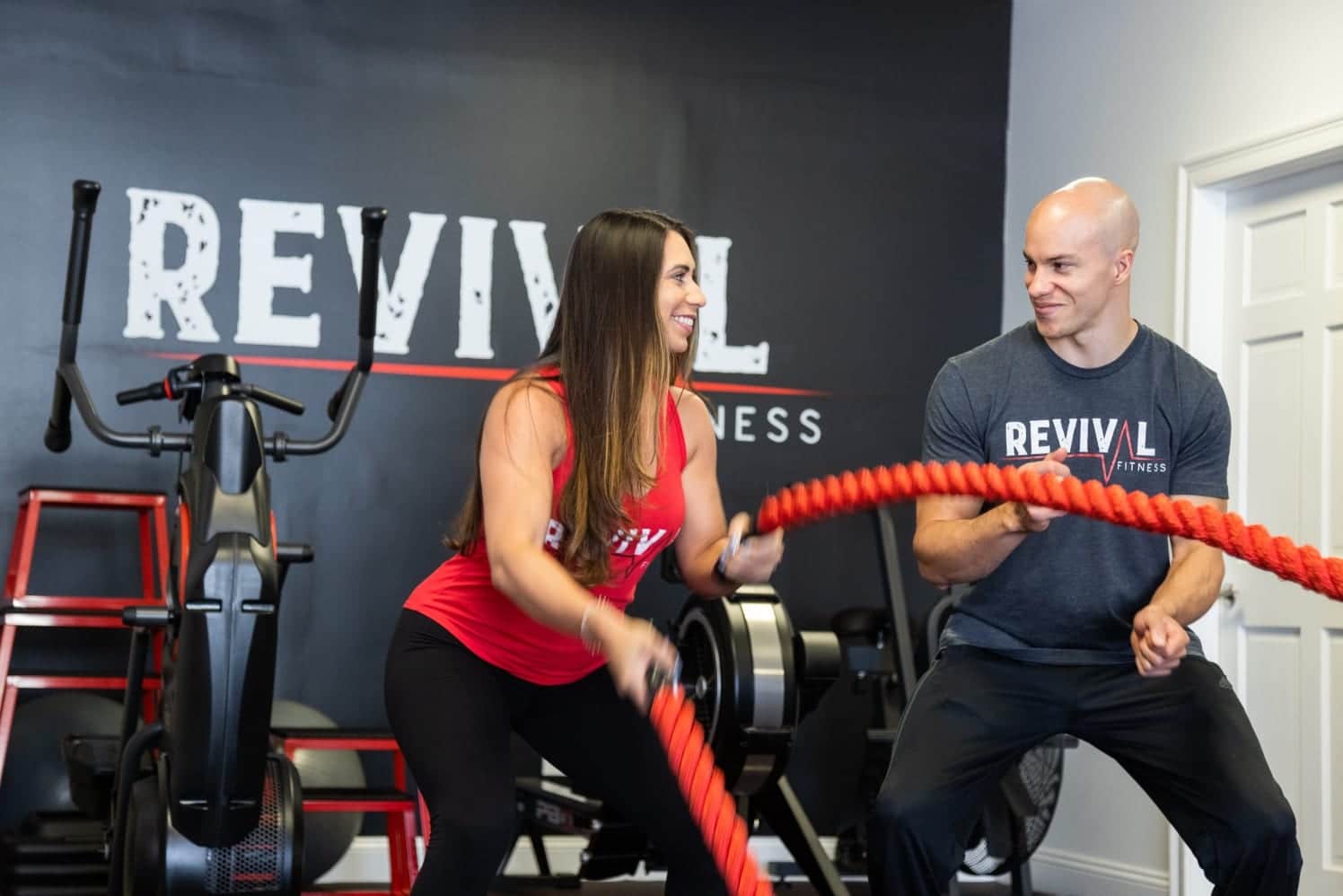If your workouts aren’t helping you move, feel, and live better, something may be missing from your routine. That’s where functional training comes in. This type of exercise focuses on building strength, mobility, and coordination for real-life movement—not just aesthetic or gym-specific performance.
Whether you’re a busy parent, weekend athlete, or someone looking to stay pain-free and active as you age, functional training can offer major benefits.
What Is Functional Training?
Functional training is a style of exercise designed to improve the way your body moves during everyday tasks. It emphasizes:
- Multi-joint, full-body movements
- Balance and coordination
- Core strength and stability
- Flexibility and mobility
- Real-world motion patterns (squatting, reaching, lifting, twisting)
Instead of isolating individual muscles, functional workouts train your body as a system—because that’s how you move in life.
Benefits of Functional Training
1. Improves Everyday Strength and Mobility
Functional training mimics movements like carrying groceries, picking up kids, climbing stairs, or reaching overhead. These workouts help reduce daily aches, improve posture, and enhance your ability to move efficiently.
2. Builds Core Stability
Nearly every functional exercise activates your core—not just your abs. A strong core supports spinal alignment, balance, and safe movement in and out of the gym.
3. Reduces Injury Risk
By improving joint mobility, muscle coordination, and balance, functional training helps prevent both workout-related injuries and common day-to-day strains (like pulling your back while lifting a box).
4. Supports Fat Loss and Conditioning
Many functional workouts are high-energy, incorporating elements of cardio, strength, and endurance. This makes them effective for burning fat, improving conditioning, and building lean muscle—all at once.
Weight Loss vs. Fat Loss — What’s the Difference?
5. Suitable for All Fitness Levels
Functional training is highly scalable. Movements can be regressed for beginners or progressed for advanced athletes. It’s ideal for:
- Beginners needing full-body strength
- Older adults working on balance and joint health
- Athletes seeking injury prevention and performance gains
Examples of Functional Training Movements
Here are common movement patterns featured in functional workouts:
- Squat (sit-to-stand, lifting boxes)
- Lunge (walking, climbing stairs)
- Hinge (deadlifts, picking items off the floor)
- Push (push-ups, overhead press)
- Pull (rows, lifting objects toward the chest)
- Rotation (core twists, dynamic lunges)
- Loaded carries (carrying groceries, farmer’s walks)
Many exercises combine multiple movements in a single circuit, helping improve strength and coordination simultaneously.
How Functional Training Differs From Traditional Workouts
| Traditional Training | Functional Training |
| Isolates muscles (e.g., bicep curls) | Trains movement patterns (e.g., squats, lifts) |
| Focus on appearance | Focus on ability and mobility |
| Machines or fixed-range tools | Free weights, cables, bodyweight |
| Often sedentary posture | Encourages dynamic, real-world movement |
While traditional training can be effective, integrating functional movements often leads to better long-term health and performance.
Functional Training at Revival Fitness
At Revival Fitness, our functional workouts are:
- Personalized to your needs and skill level
- Focused on real-world movement improvement
- Designed to support fat loss, strength, and joint health
- Used in personal training and group programs
- Adapted for beginners, older adults, and athletes
We build programs that help you move better today—and for years to come.
How to Add Functional Training to Your Routine
You can start incorporating functional fitness with as little as two sessions per week. Focus on:
- Full-body workouts that use compound movements
- Emphasizing form, balance, and core engagement
- Progressing over time with added resistance or complexity
- Including mobility work and dynamic warm-ups
Functional workouts pair well with strength days or cardio-focused routines, depending on your goals.
Ready to Move Better, Not Just Look Better?
Fitness should improve how you live—not just how you look. Functional training bridges the gap between gym performance and real-life strength, helping you feel capable in every setting.
Contact us to schedule a consultation and see how functional training can enhance your results.
Weight Loss vs. Fat Loss — What’s the Difference?


